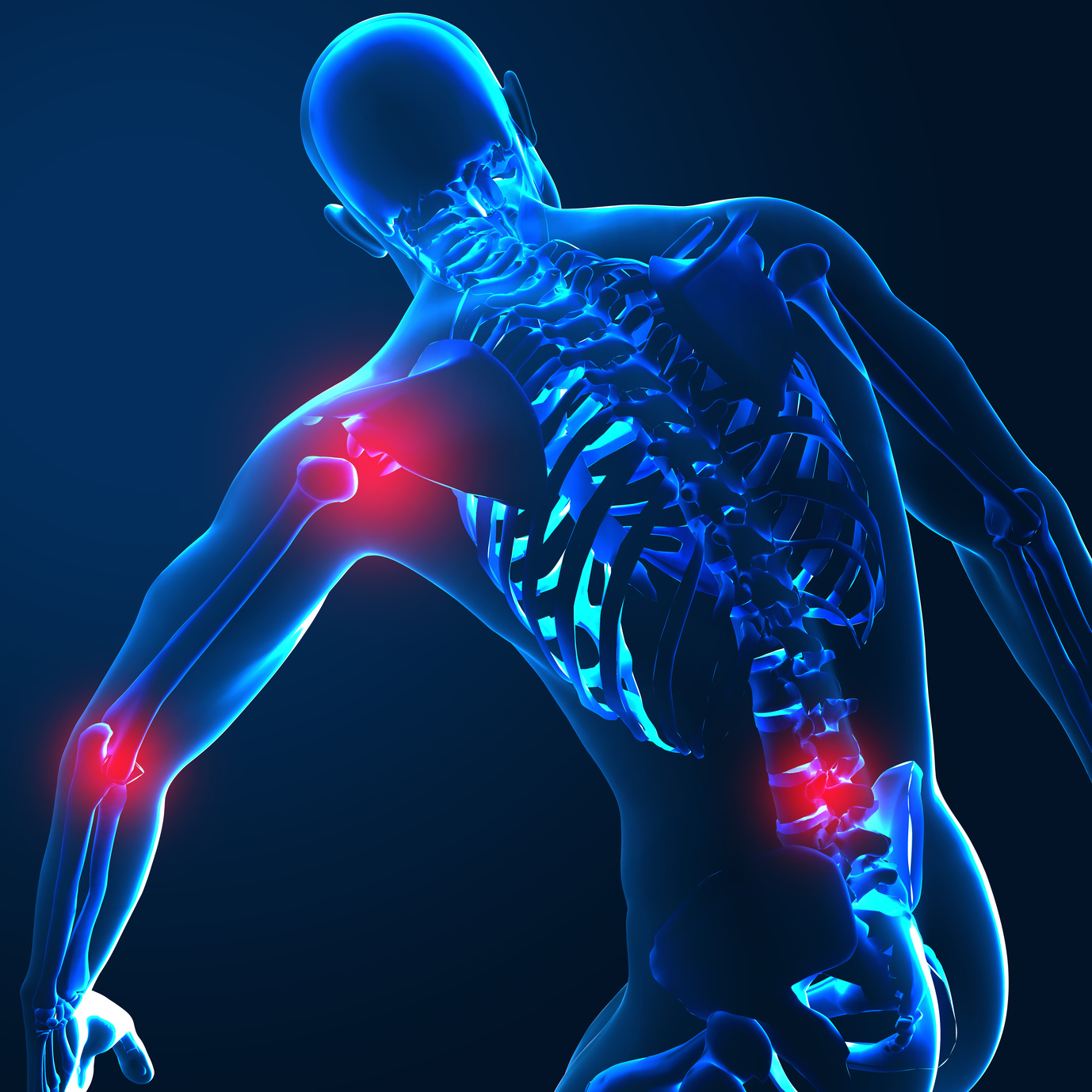Ergonomics in physical activity

In addition to the psychological working conditions investigated in the “Cognitive Ergonomics” project, the physical requirements of intralogistics employees are documented. Physical ergonomics measurement methods that have been tried and tested and validated are used for this purpose. Furthermore, for 3D motion analysis, innovative biomechanical methods, known as motion capturing systems, are used. These various measurement methods are used in both laboratory studies under strictly controlled conditions and employee studies in an operational context under real-world workplace conditions.
Physical workloads are still relevant in an age of digitalization, automation, and mechanization, particularly in intralogistics. People are a constant in this setting. Employees are still physically active in the intralogistics context, despite increasing mechanization.
Goods must still be transported, stored, sorted, picked, and distributed. The physical work requirements of employees in various intralogistics work areas are investigated.
The use of appropriate ergonomic action and design measures is intended to prevent musculoskeletal system impairments and, if necessary, to counteract them in the long run.
 Fraunhofer Institute for Material Flow and Logistics IML
Fraunhofer Institute for Material Flow and Logistics IML